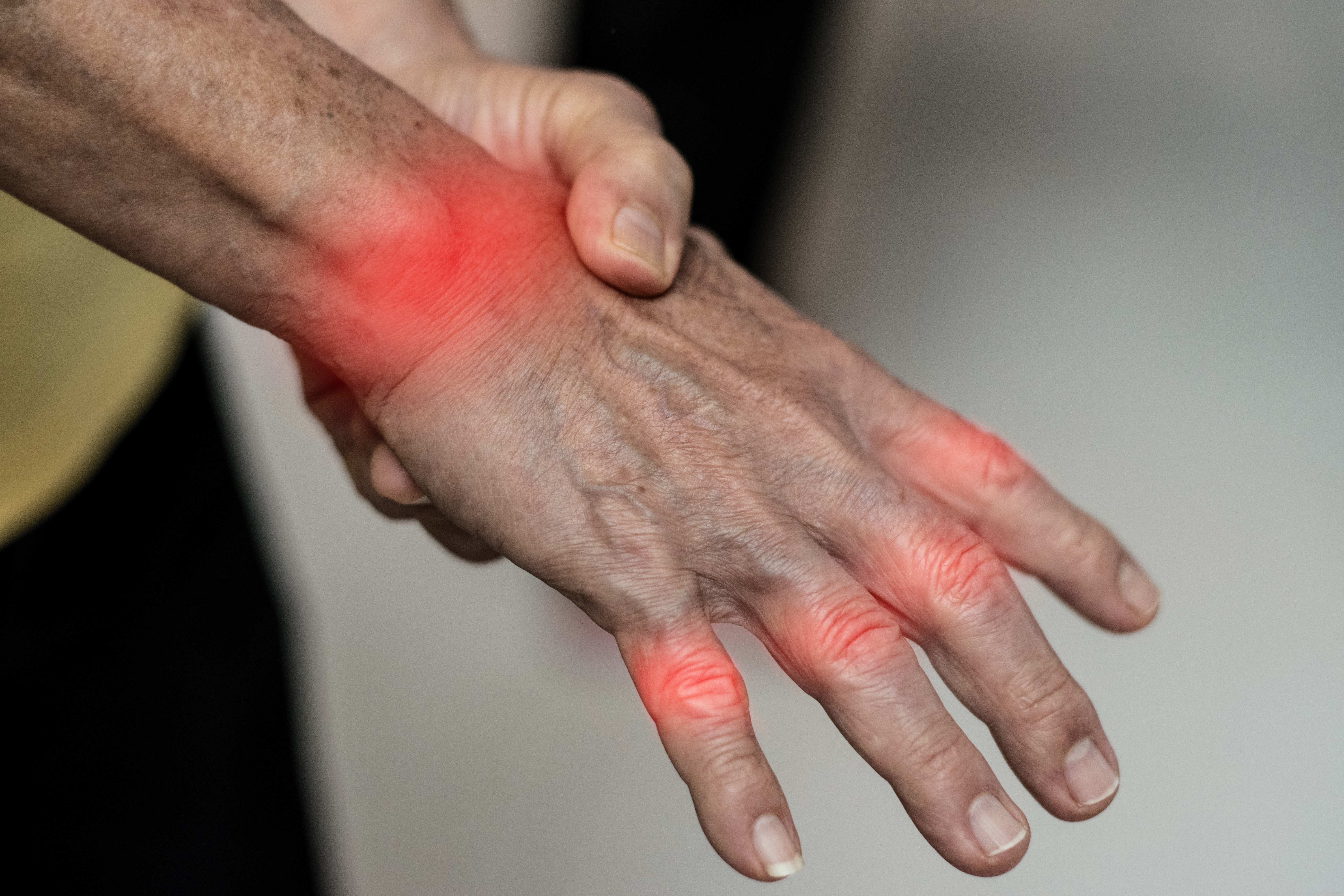
Oral nonsteroidal anti-inflammatory drugs (NSAIDs) and oral glucocorticoids may be effective pharmacologic interventions in patients with hand osteoarthritis, while intra-articular therapies and topical NSAIDs were not superior to placebos in this population, according to a systematic review and meta-analysis published by Døssing et al in RMD Open: Rheumatic & Musculoskeletal Diseases. Investigators used Embase, MEDLINE, and the Cochrane Central Register of Controlled Trials to identify 72 randomized trials involving over 7,600 patients undergoing pharmacologic interventions for hand osteoarthritis from trial inception up to December 2021. The investigators then assessed the data for the risk of bias and effect sizes for pain—and reduced the list of eligible trials to 65, comprising about 6,000 patients. Compared with placebo, oral NSAIDs and oral glucocorticoids had network meta-analysis effect sizes of –0.18 (95% credible interval = –0.36 to 0.02) and –0.54 (95% credible interval = –0.83 to –0.24), respectively; which was consistent in the pairwise meta-analysis, with no high risk of bias. However, when comparing intra-articular hyaluronate, intra-articular glucocorticoids, hydroxychloroquine, and topical NSAIDs with placebo, the network meta-analysis effect sizes were 0.22 (95% credible interval = –0.08 to 0.51), 0.25 (95% credible interval = 0.00–0.51), –0.01 (95% credible interval = –0.19 to 0.18), and –0.14 (95% credible interval = –0.33 to 0.08), respectively. The investigators concluded that oral NSAIDs and oral glucocorticoids were effective interventions, whereas intra-articular therapies and topical NSAIDs were not superior to placebo in patients with hand osteoarthritis.